Cultivating a Culturally Relevant Workforce in Chicago
Chicago CRED aims to end gun violence in Chicago through street outreach, coaching, counseling, workforce development, and advocacy. During our immersion in CRED programs, my team examined the specific needs of participants transitioning from trauma counseling and educational support into workforce development. Our research confirmed that CRED participants wanted the same benefits as any employee: a comprehensive orientation, clear promotion pathways, and opportunities for further skill acquisition. We proposed an assessment tool to match participants with suitable roles based on interests and personalities. We also crafted a customized career development plan based on CRED's unique culture. These concepts were integrated into CREDMADE, a public benefit corporation focused on food manufacturing.
Topic Area
Economic Inclusion, Health
Project Type
Research & Strategy
Role
Design Researcher
In the Spring of 2019, the Siebel Center for Design (SCD) and Illinois Business Consulting (IBC) were approached by Chicago CRED, a nonprofit focused on reducing gun violence within the city. CRED takes a proven multifaceted approach to work with individuals who are most likely to carry a gun or get shot, and with the communities where gun violence is most concentrated. Through Street Outreach, Coaching & Counseling, Workforce Development, and Advocacy & Prevention they aim to eliminate gun violence in Chicago. At the time, their workforce development program was shifting from a model in which participants were employed with various local businesses, to one where CRED itself would employ them at a newly founded public benefit corporation CREDMADE. As part of this transition, a joint team of designers and student consultants from SCD and IBC was formed to help CRED identify the unique needs of their participants in workforce development and design culture and strategy for CREDMADE rooted in the rich histories of the communities they served.
RESEARCH
The team was comprised of Dr. William Patterson, a scholar who blends hip hop and engineering, myself, and a team of nine student consultants from IBC. Before our in-depth research, Dr. Patterson visited several of the CRED sites to establish rapport and build trust that our research would not simply be an extractive process. Over the week of spring break, the entire team conducted a deep immersion within CRED, spending time at several of their locations in the Roseland, North Lawndale, and Englewood neighborhoods. During this time, we interviewed several outreach workers, life coaches, participants, CRED administrators, and workforce supervisors. While extensive, a week was simply not enough time to talk with everyone. I returned twice in the following weeks for a ride along with CRED participants at their jobs to better understand what they valued from supervisors and work settings.
SYNTHESIS
Foundational Understandings
During our synthesis, we realized that there were key learnings fundamental to our understanding of CRED and its community. These set the foundation of our persona development process moving forward.
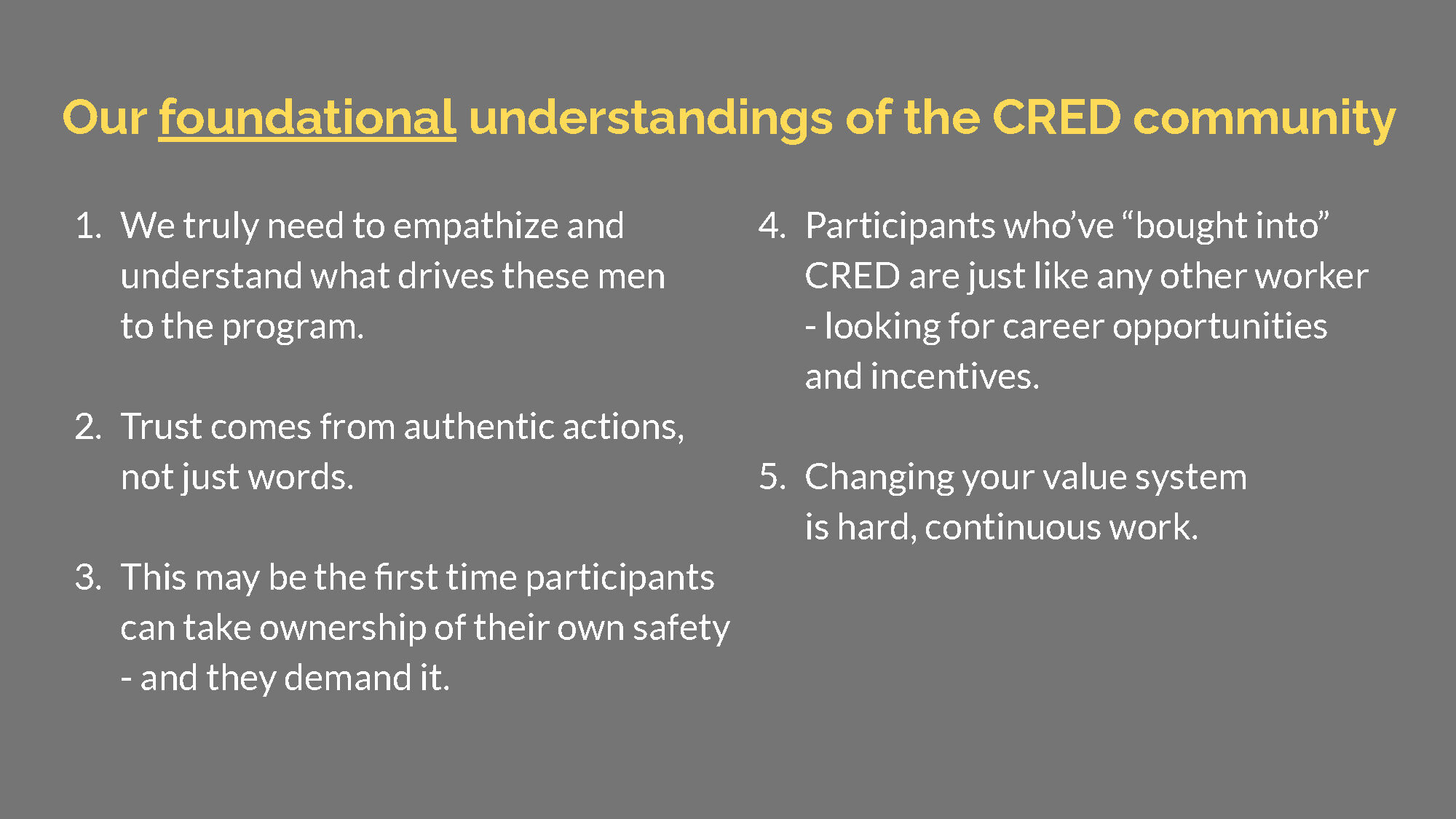
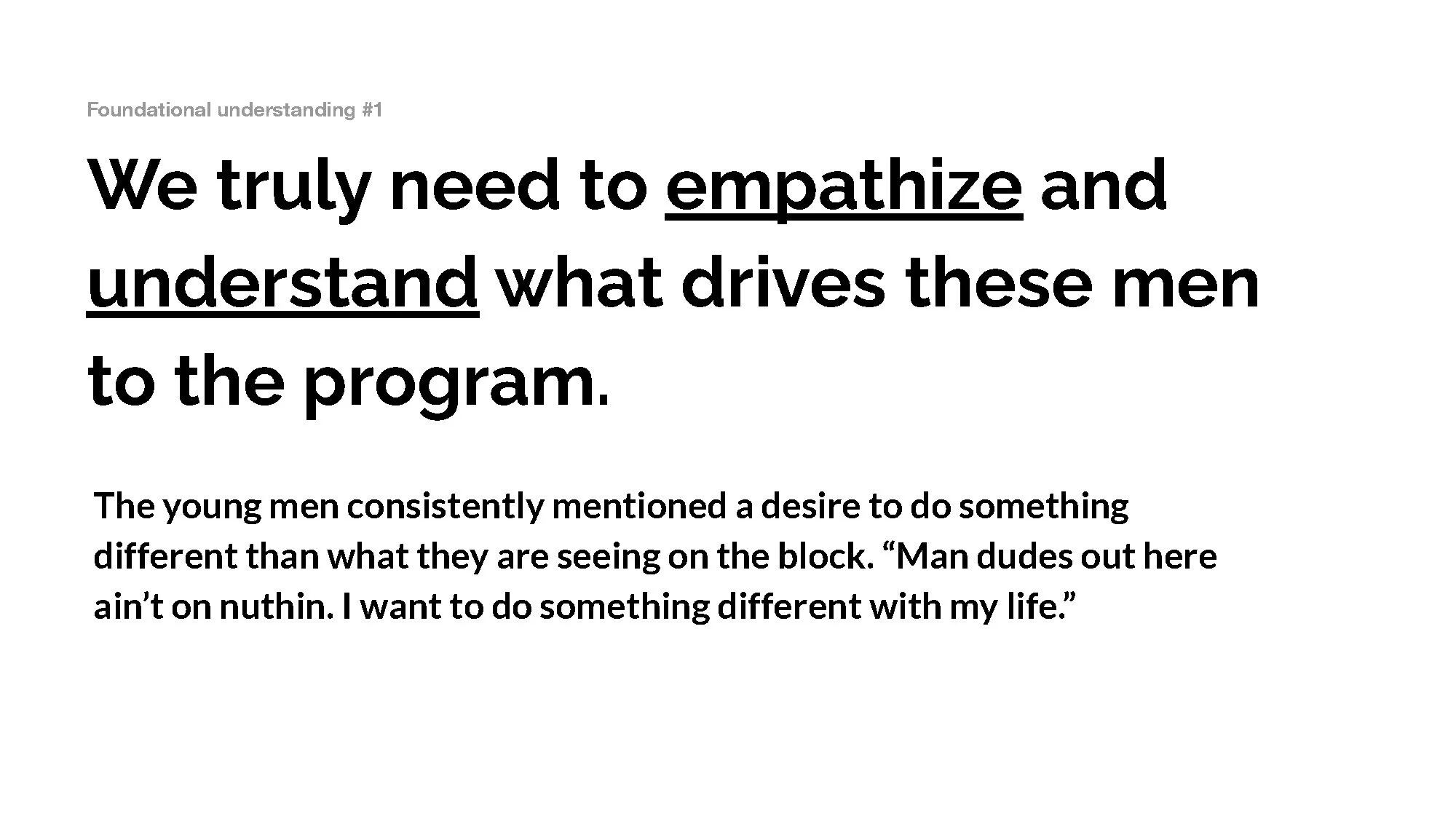
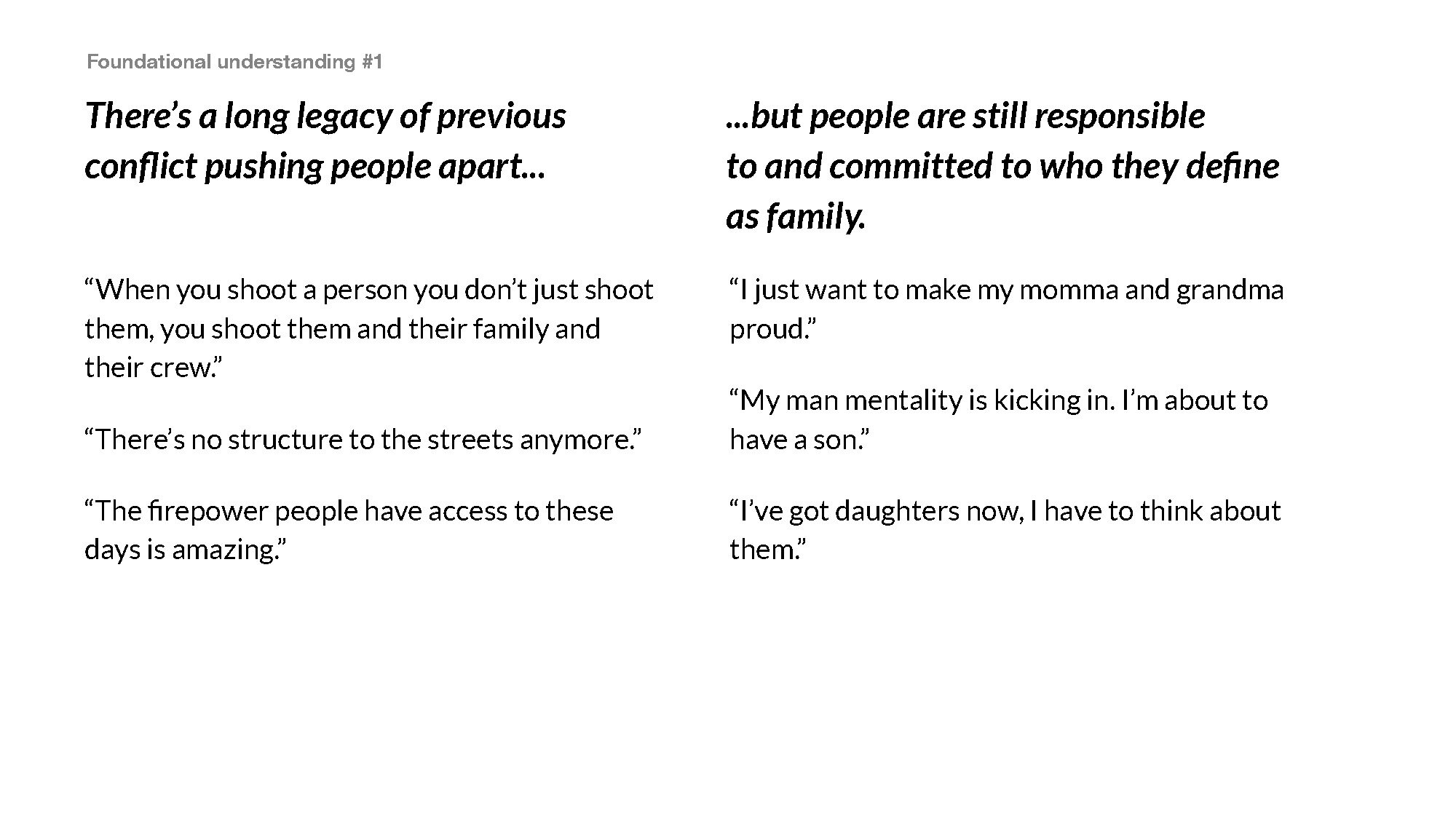

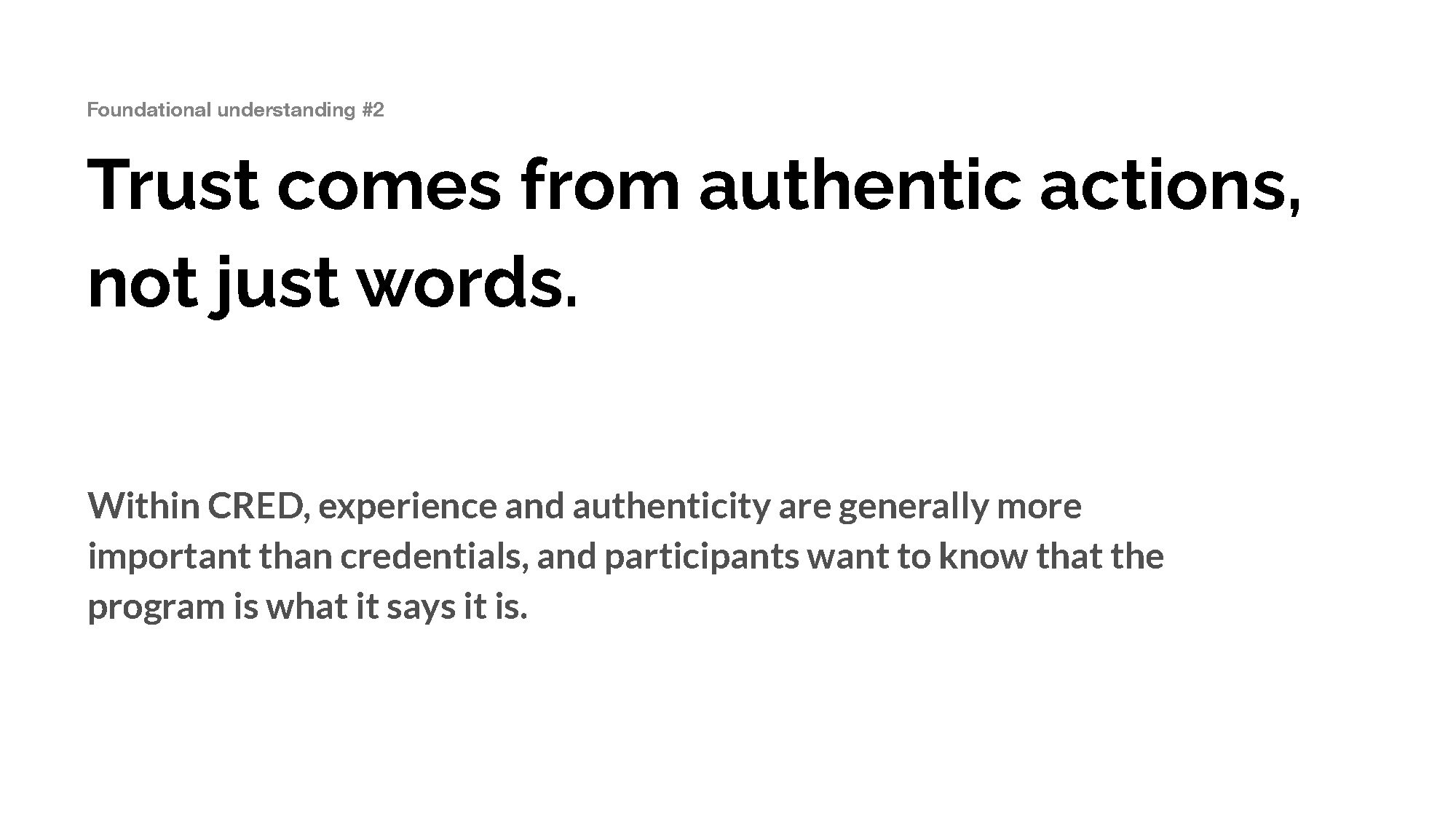
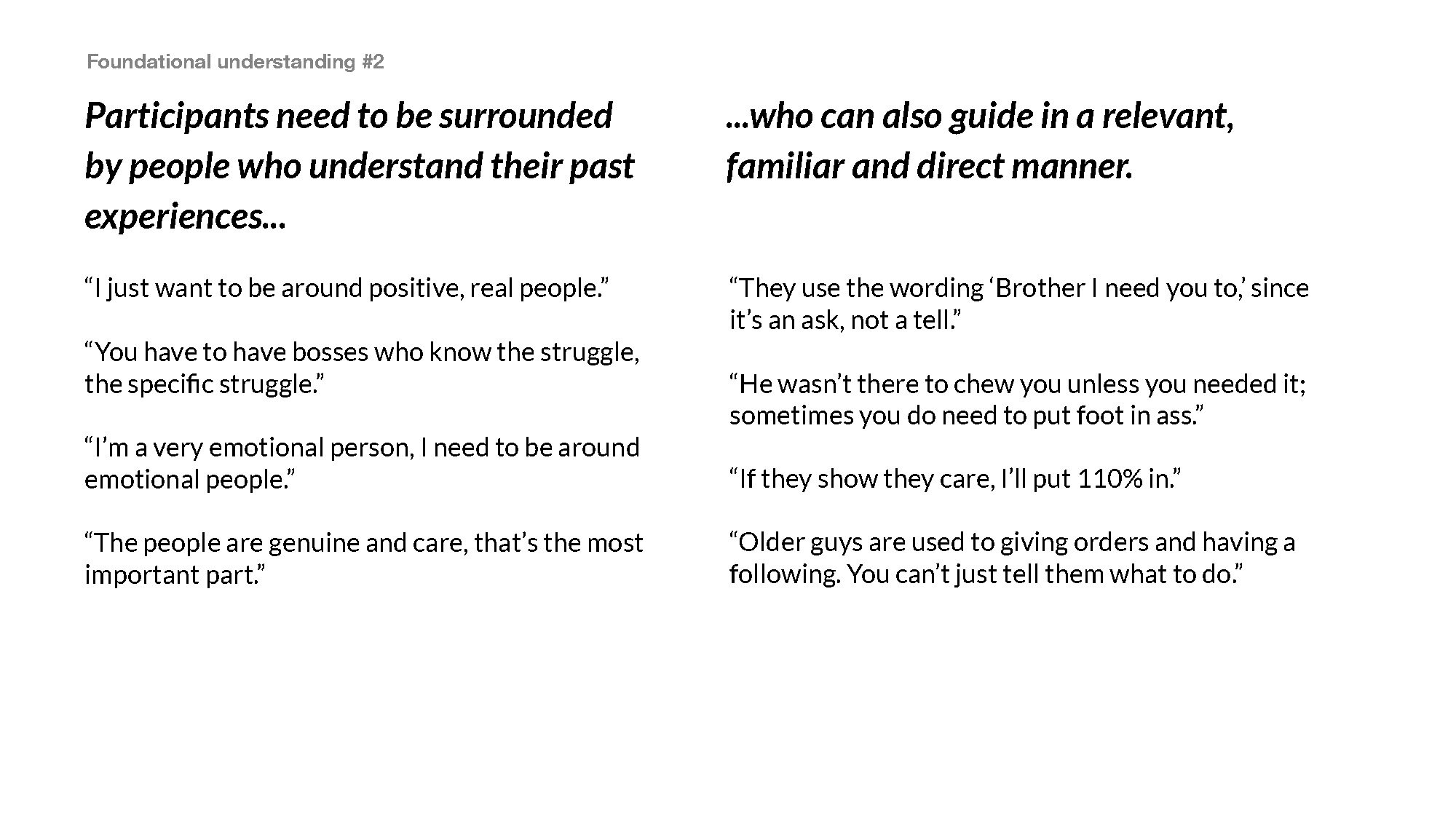

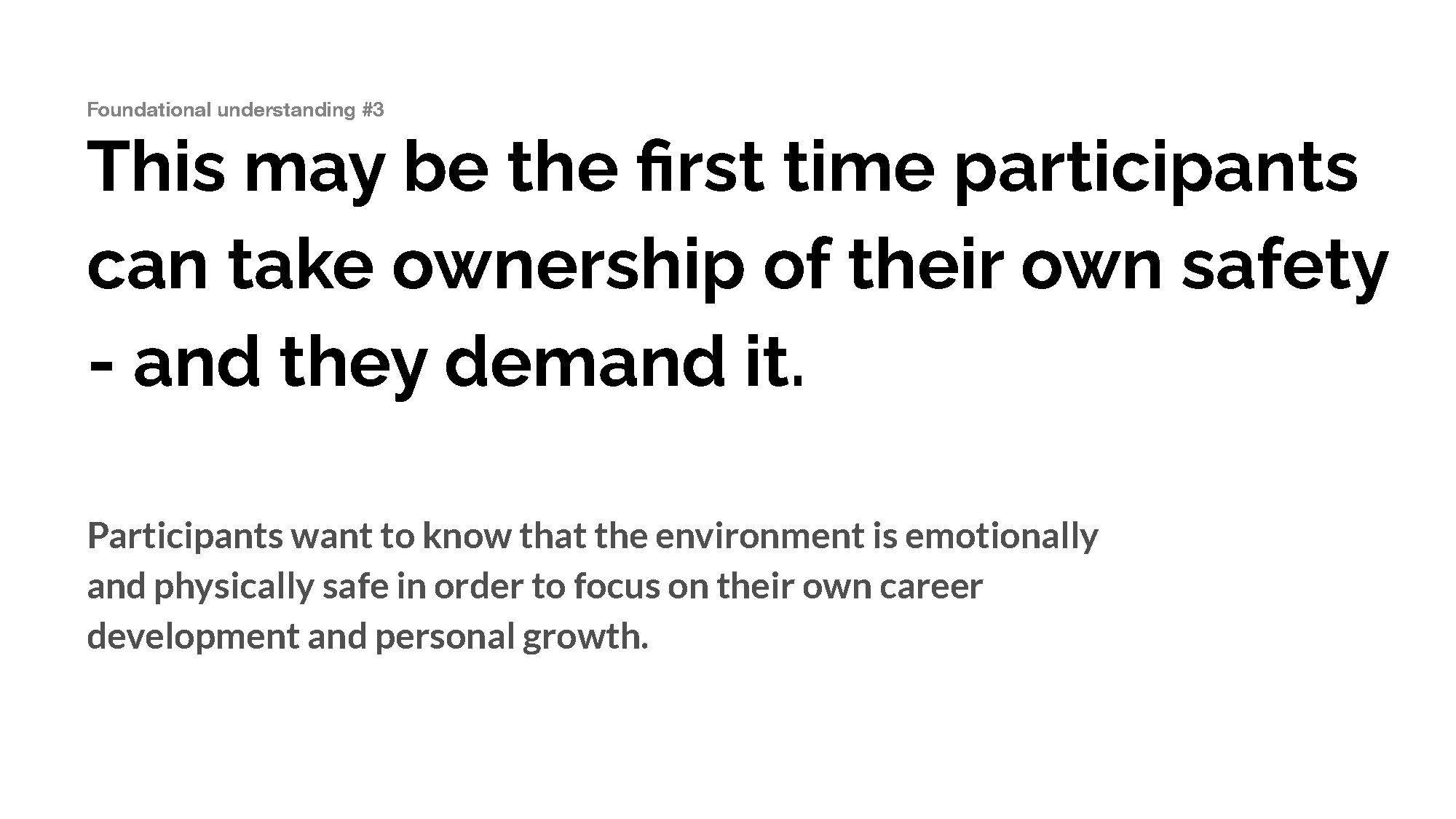
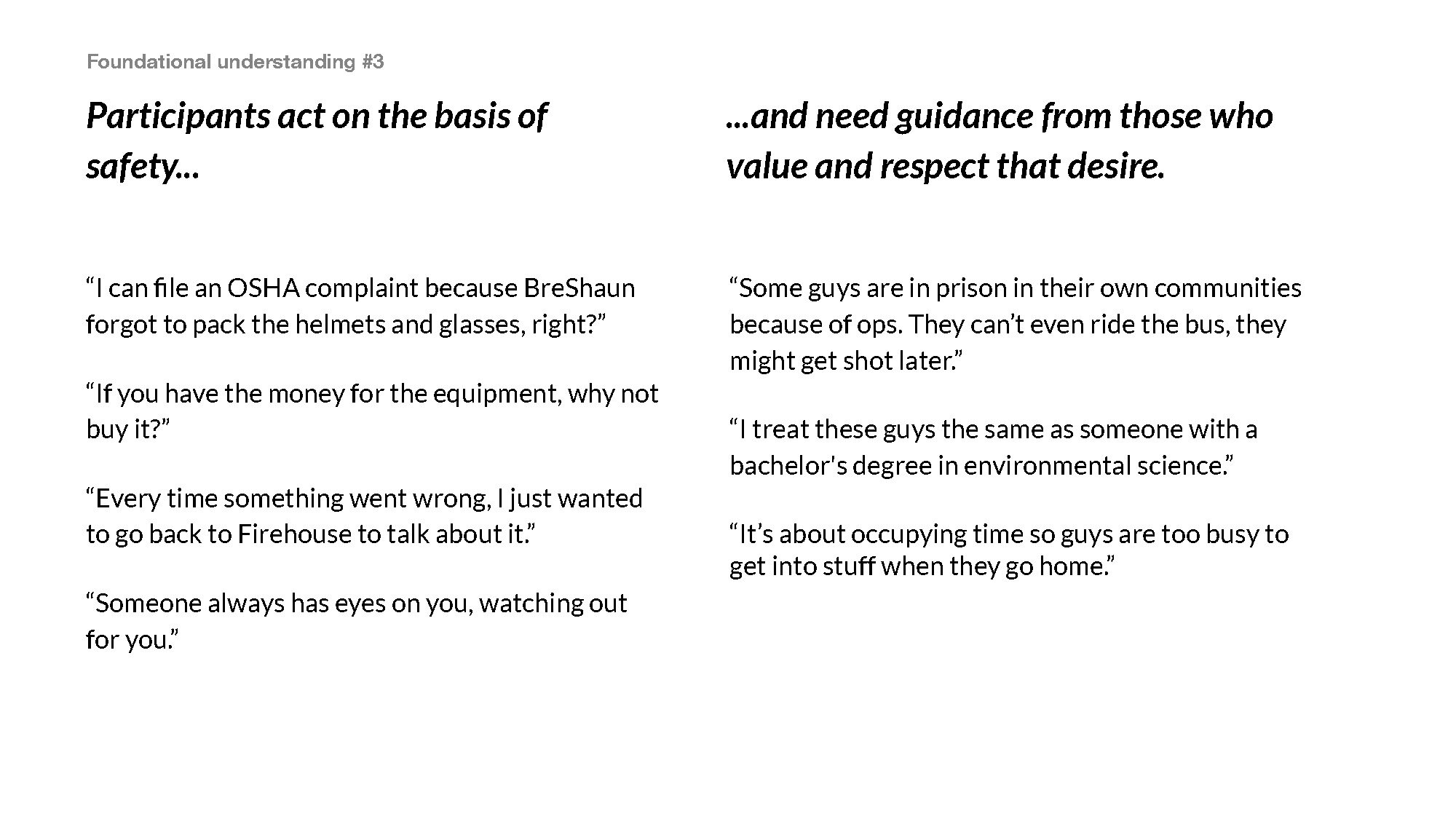
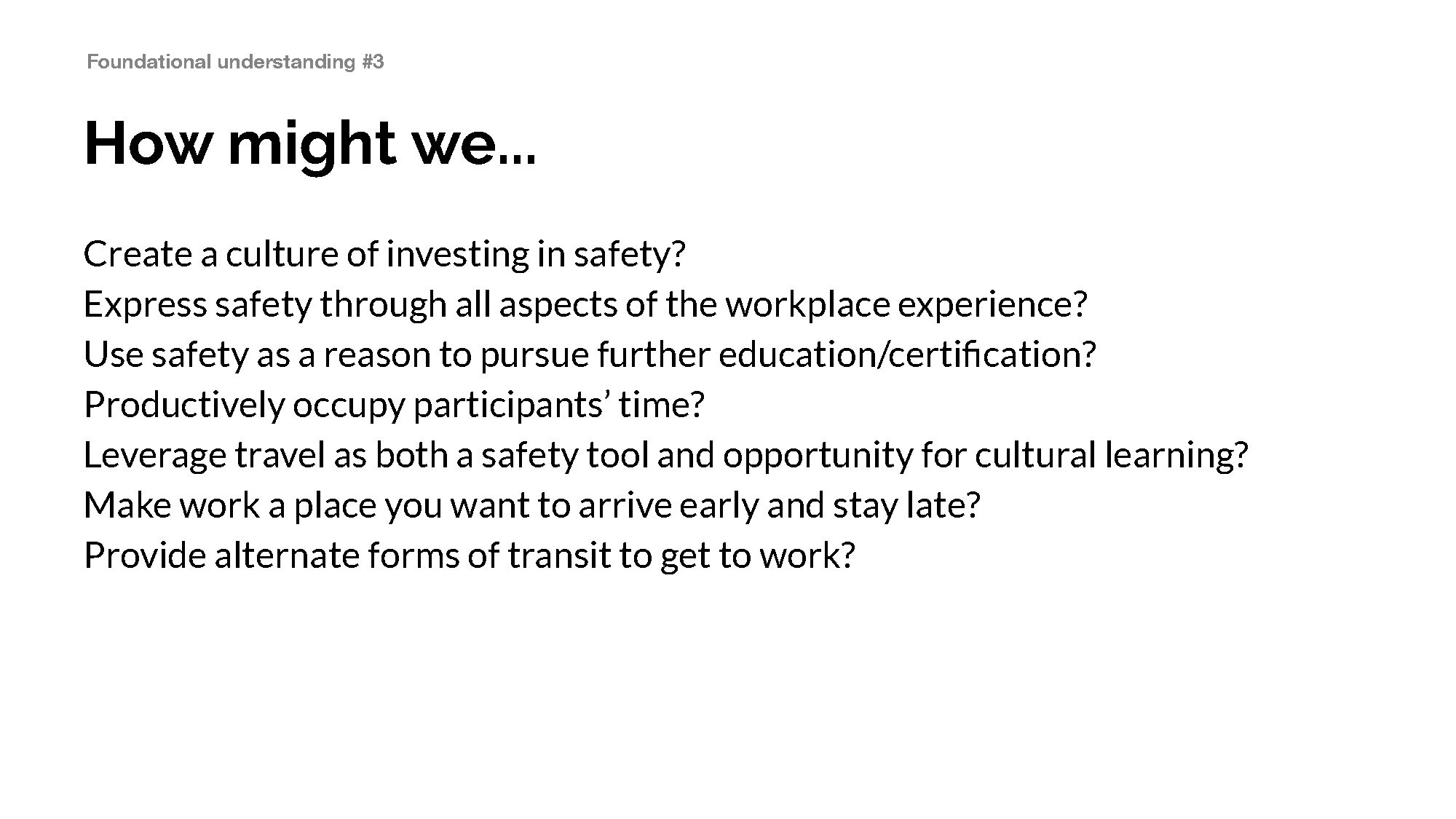
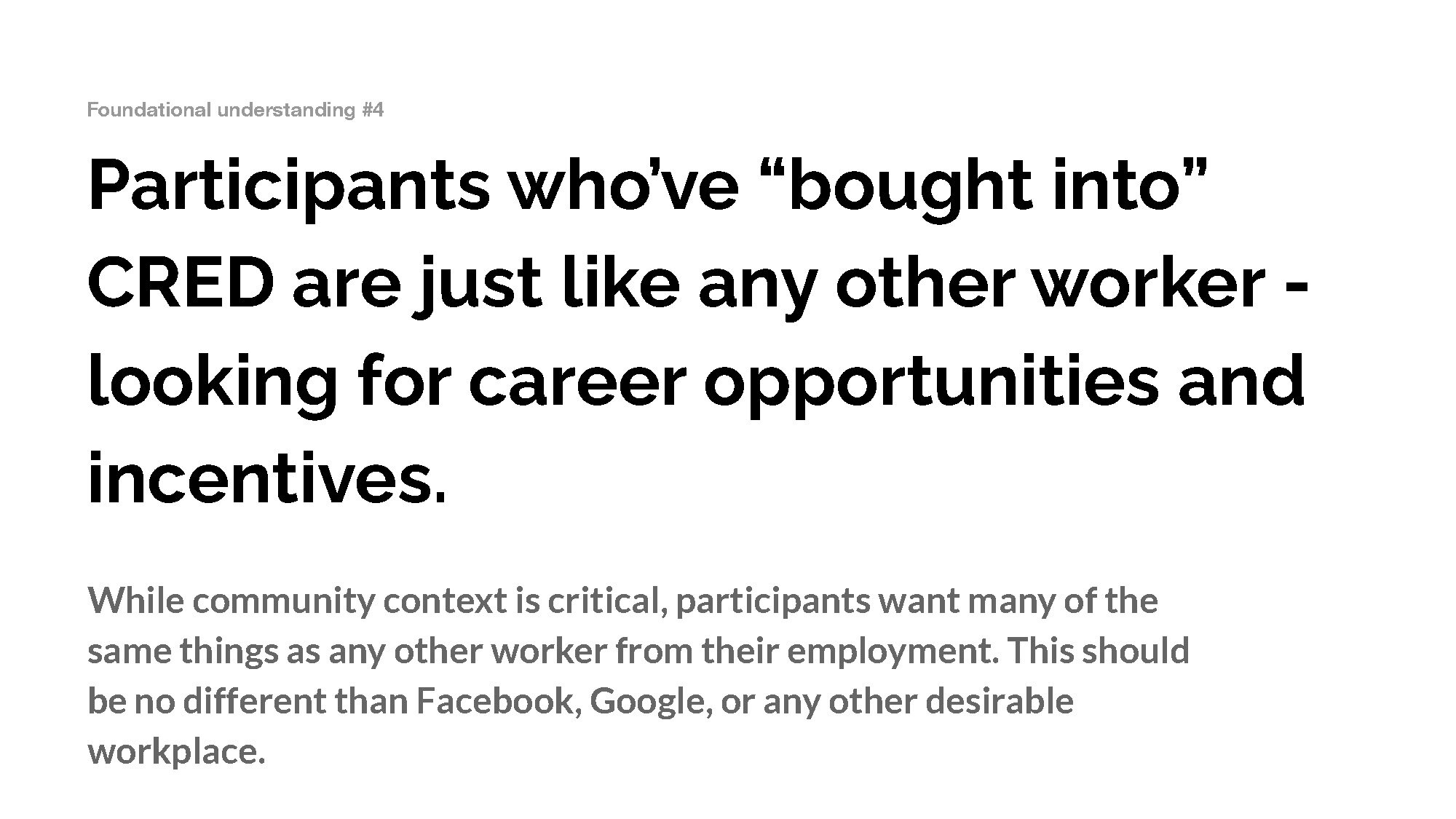
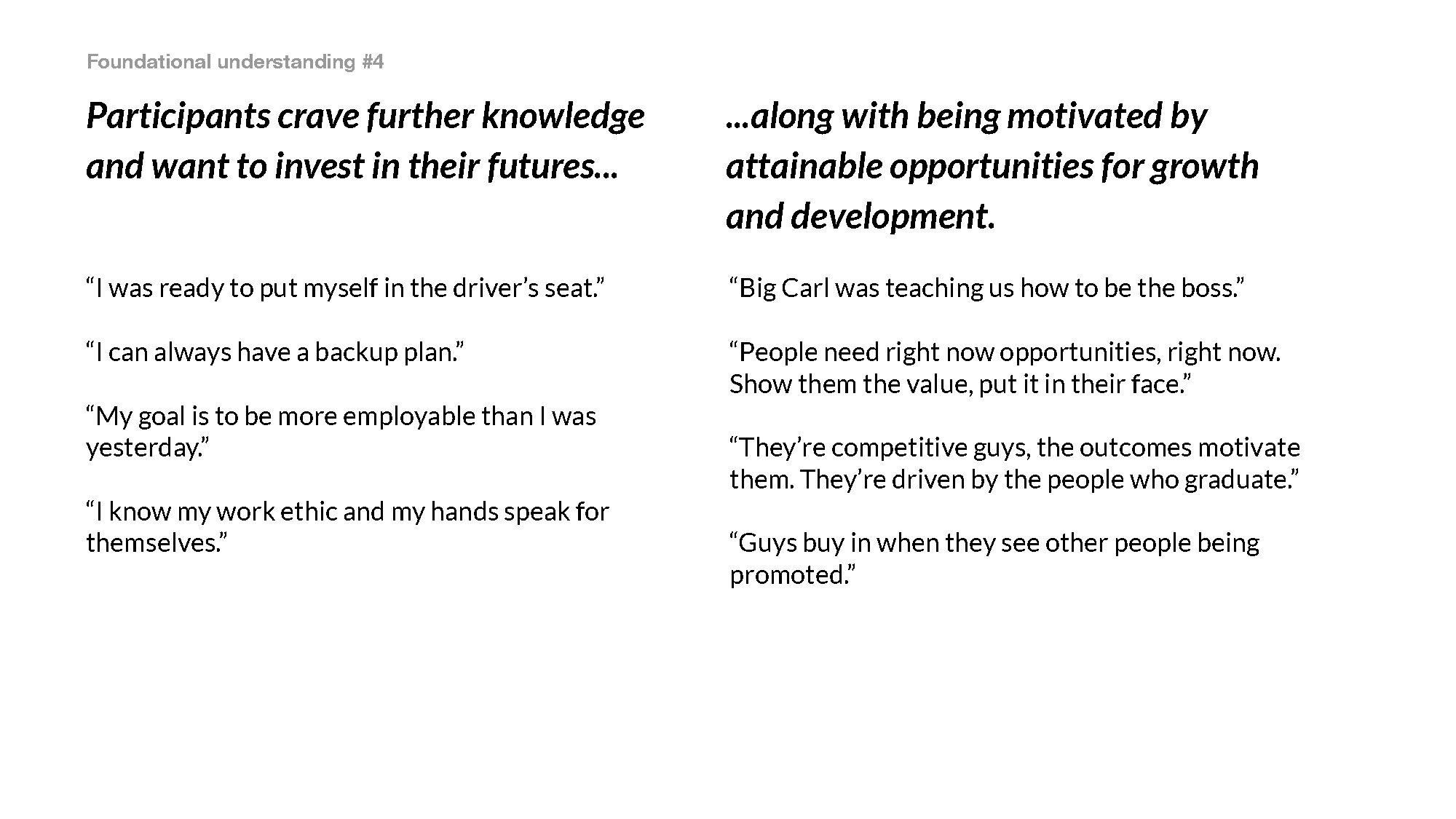
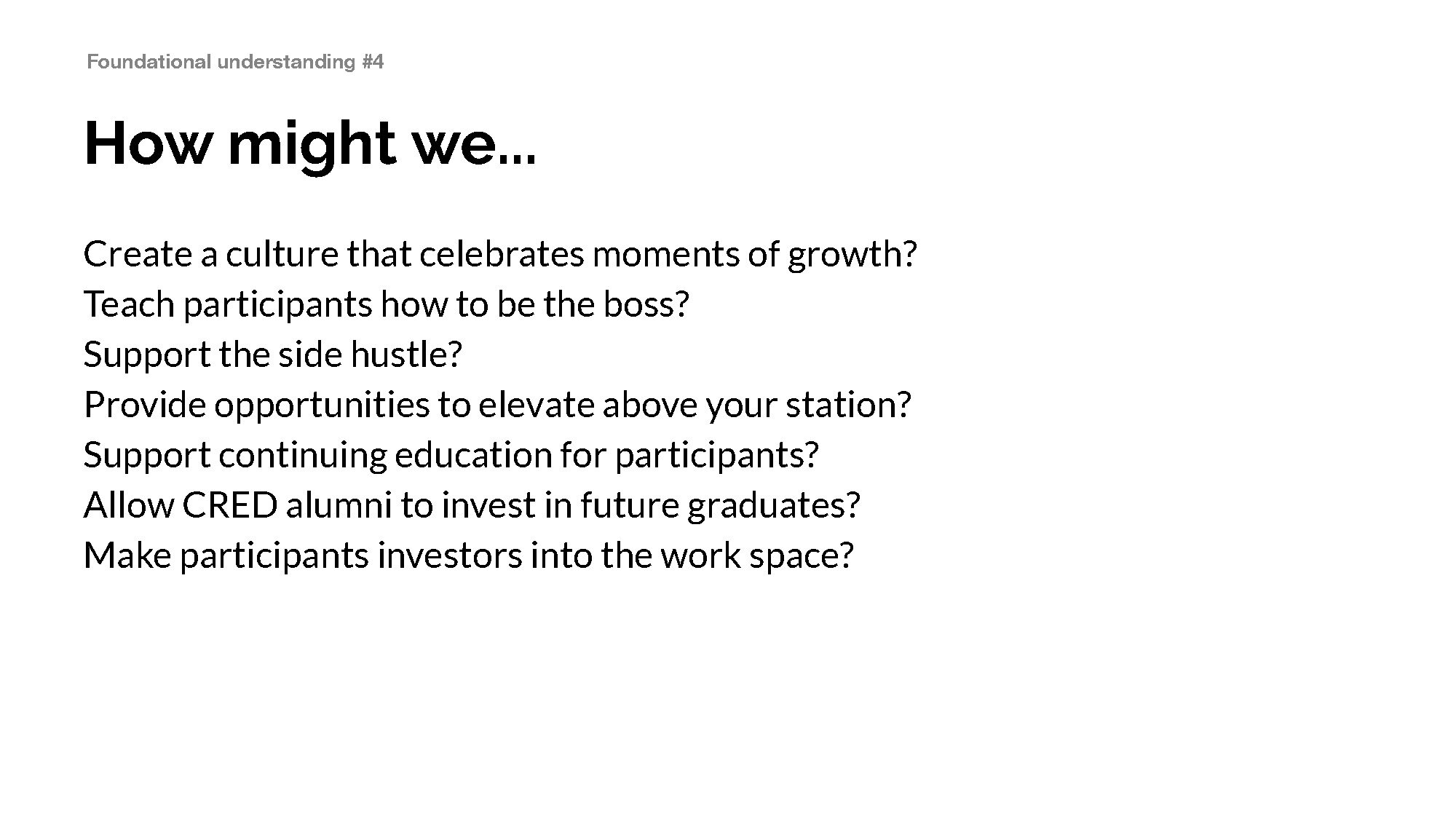
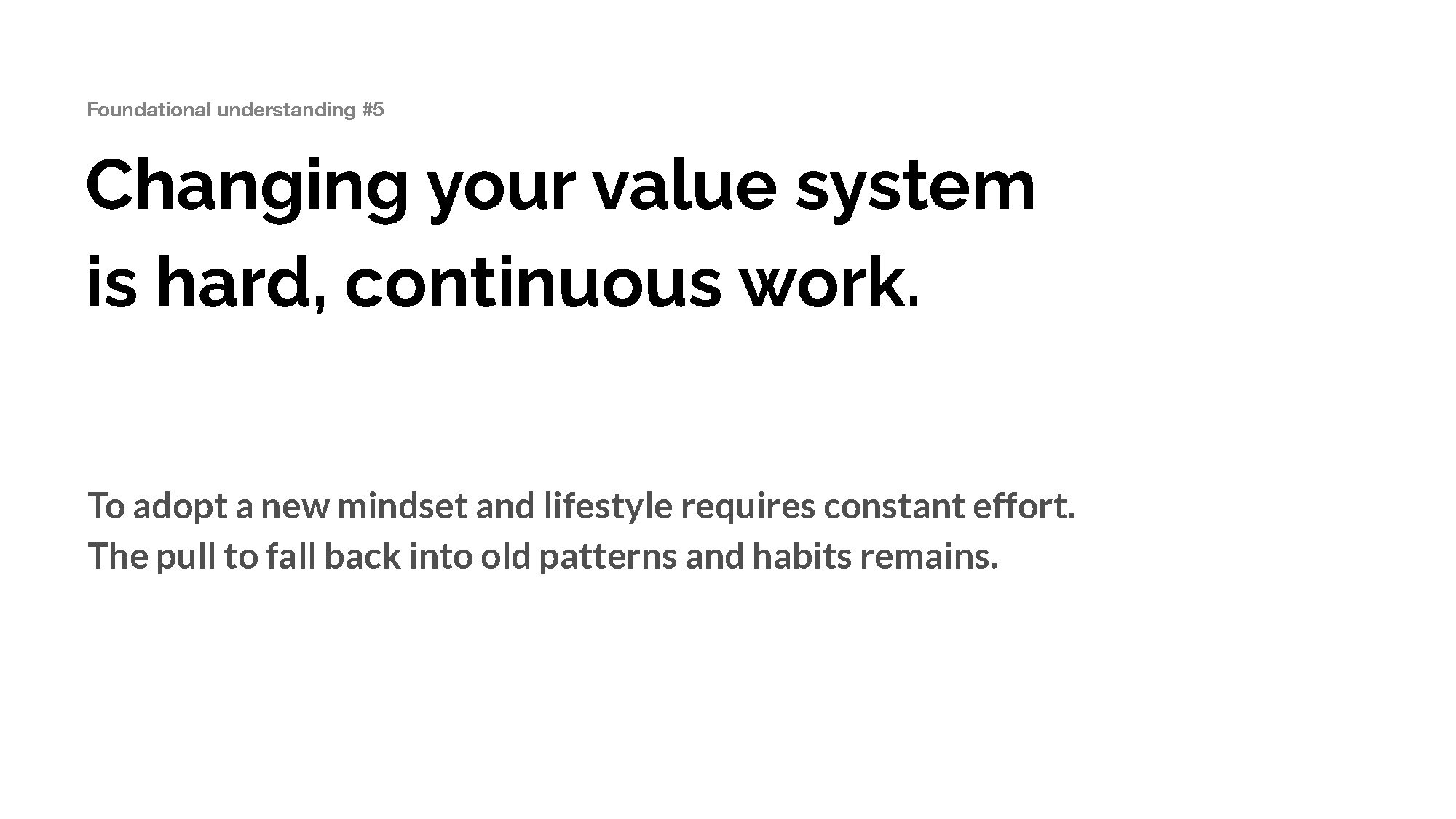
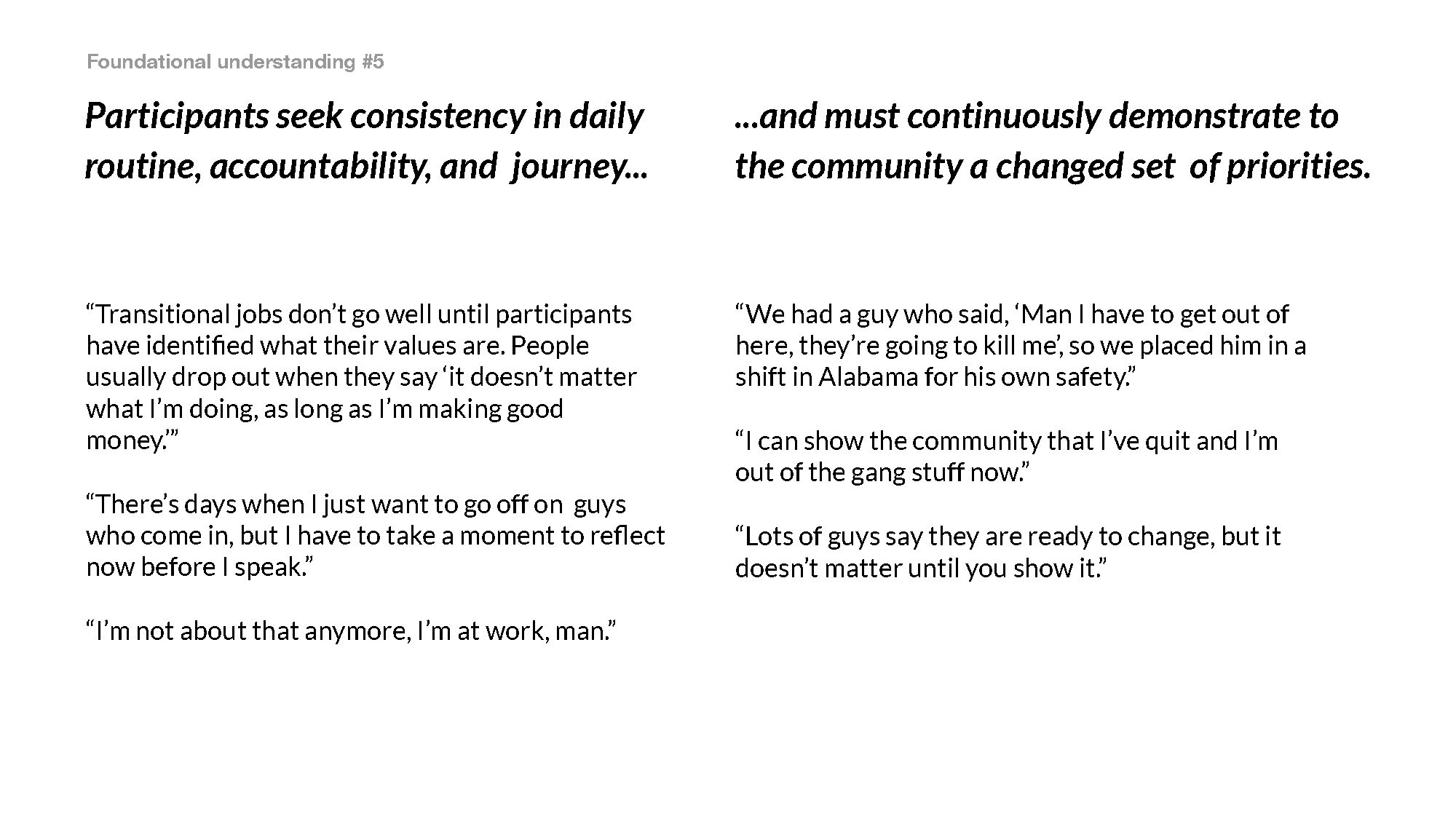
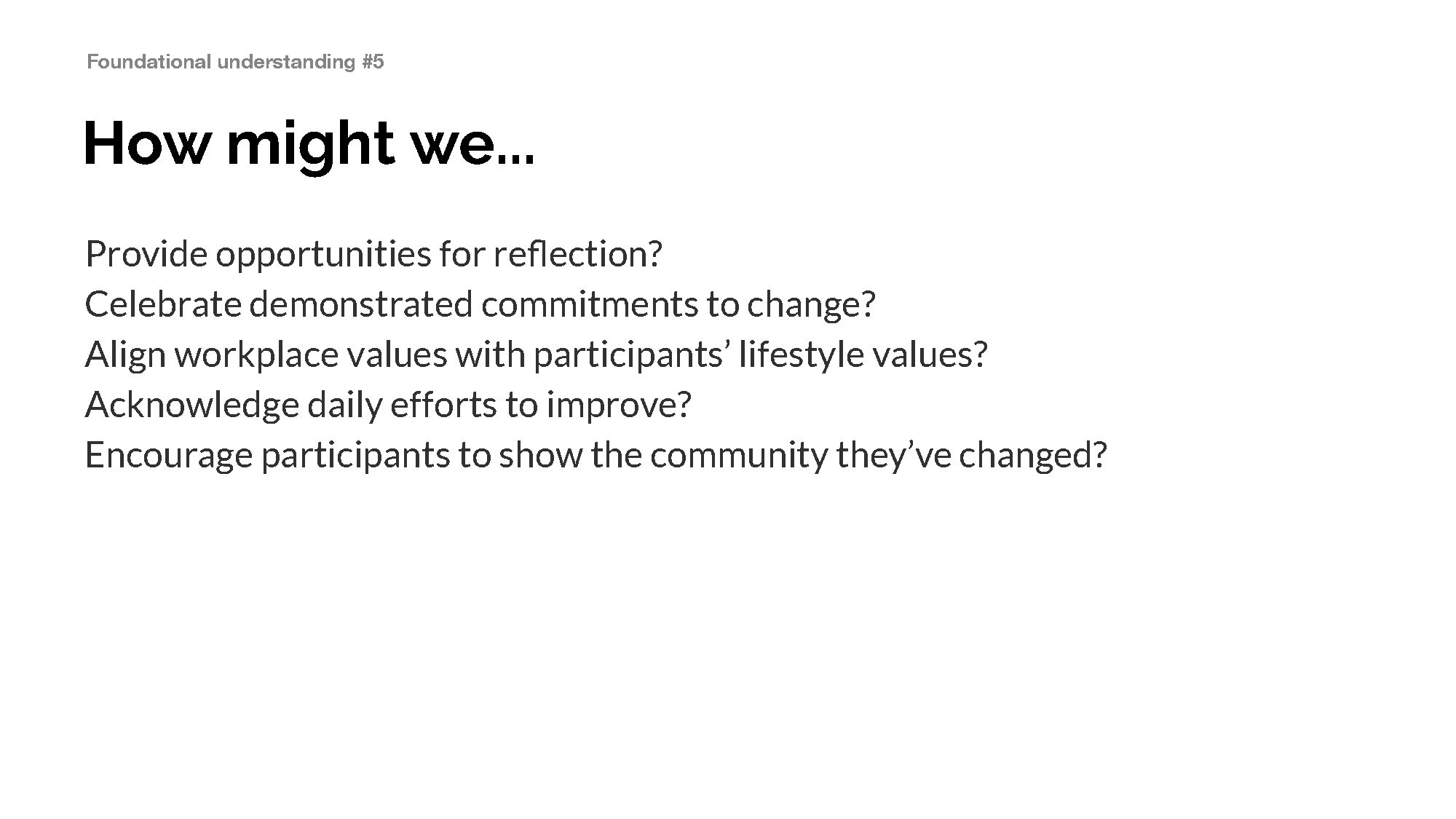
5 Personas
What we thought would be distinct behavioral personas turned out not to be representative of individual CRED participants, but instead a set of qualities that each participant can nurture and grow.
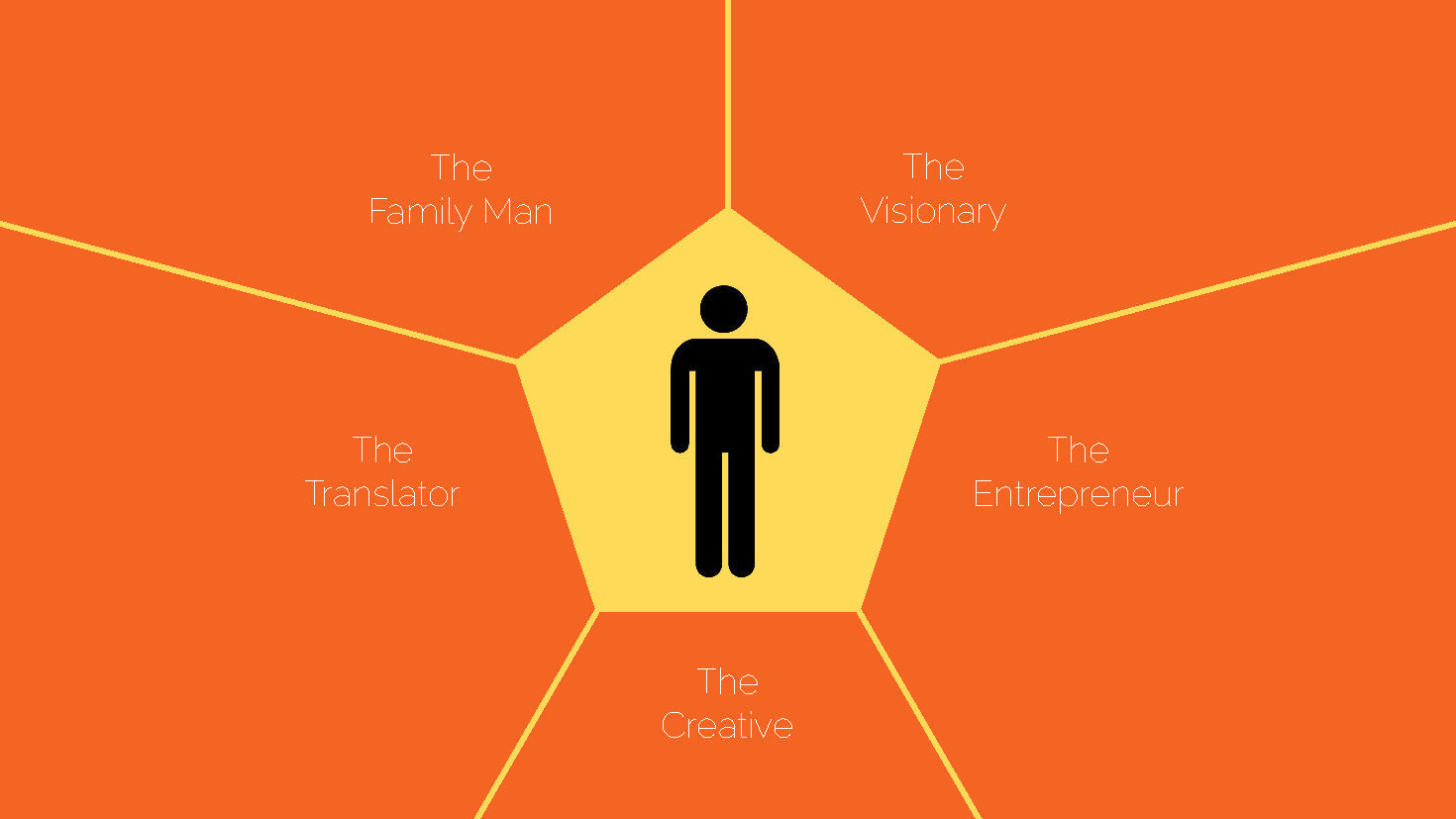
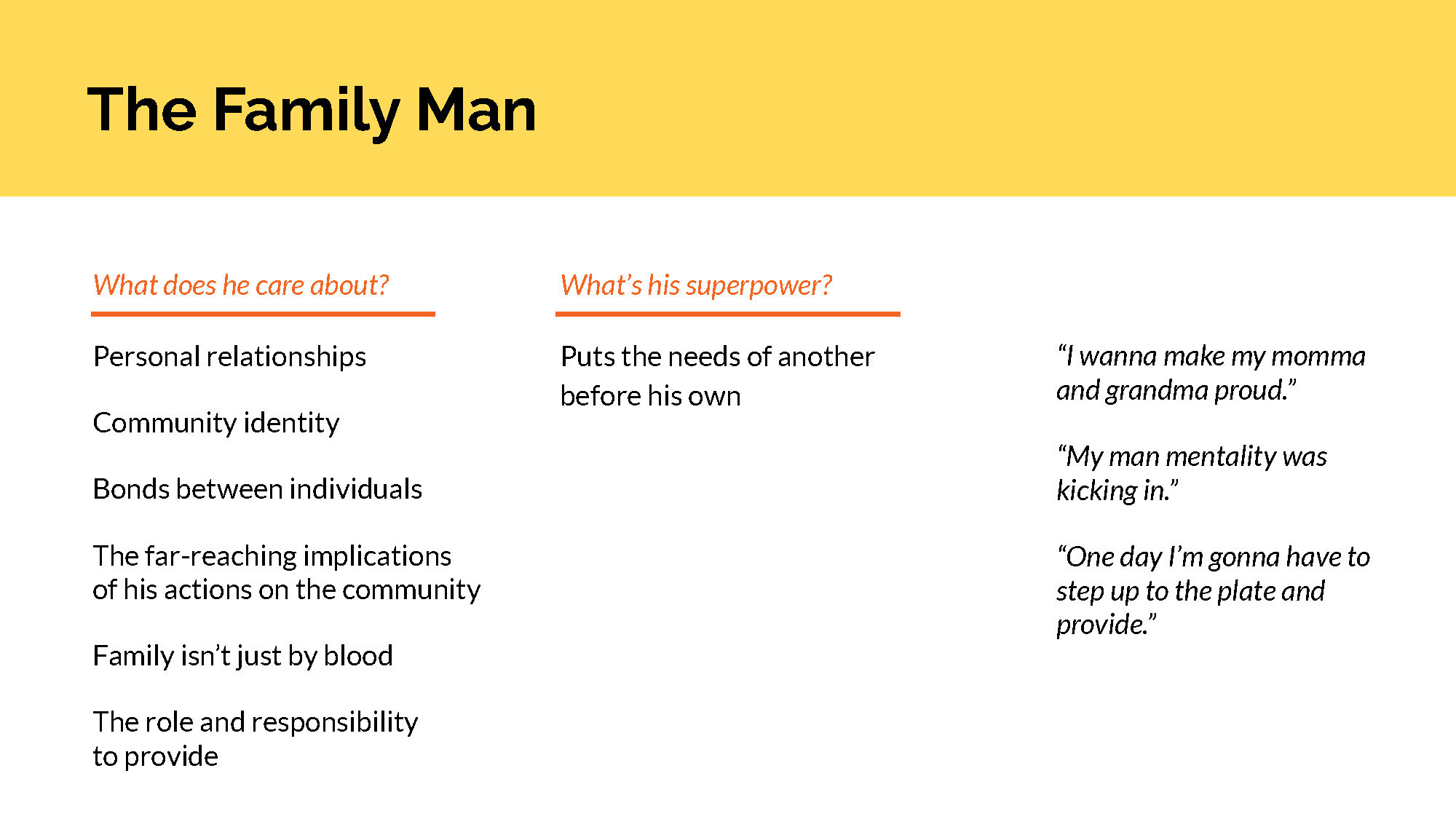
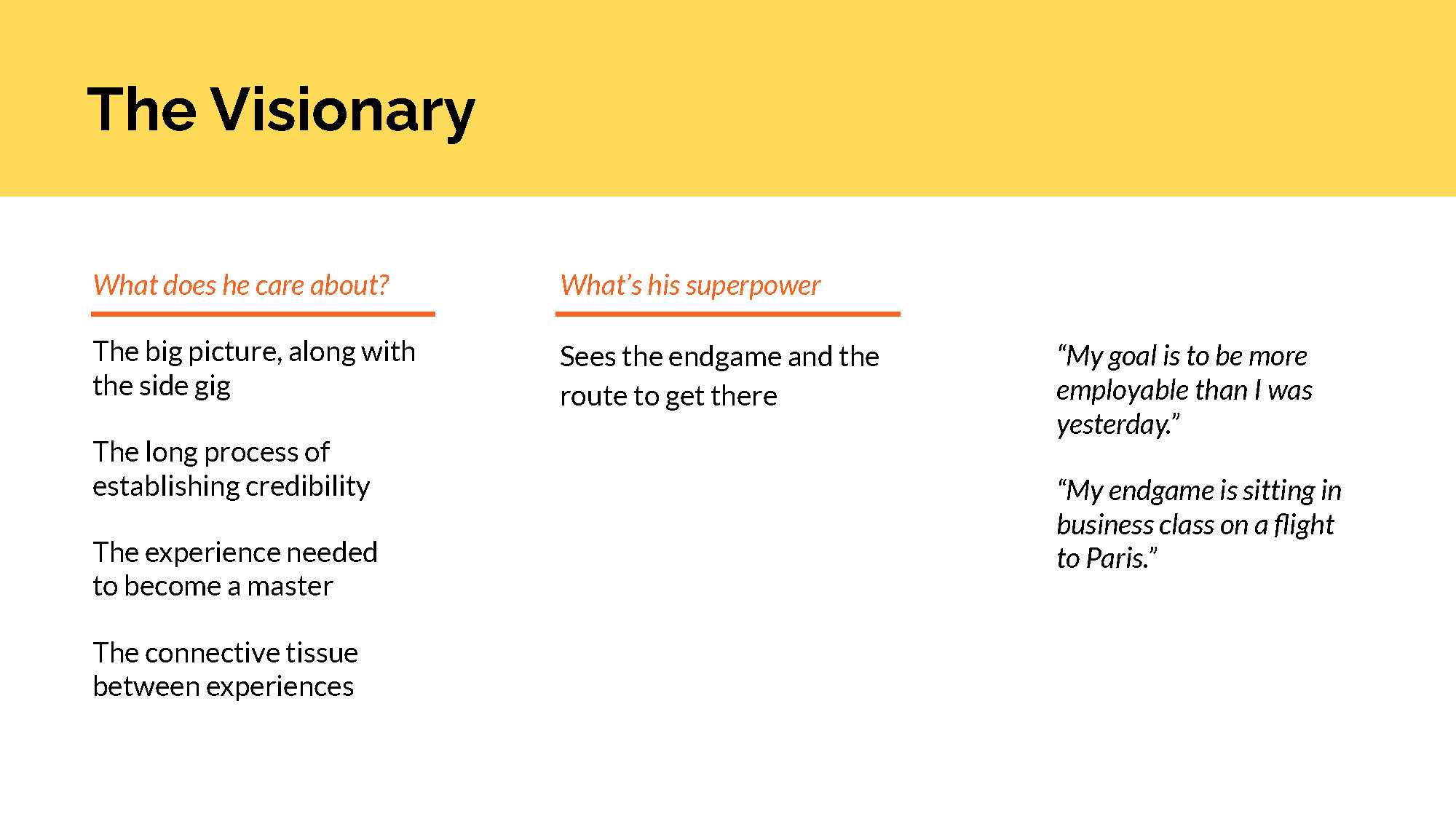
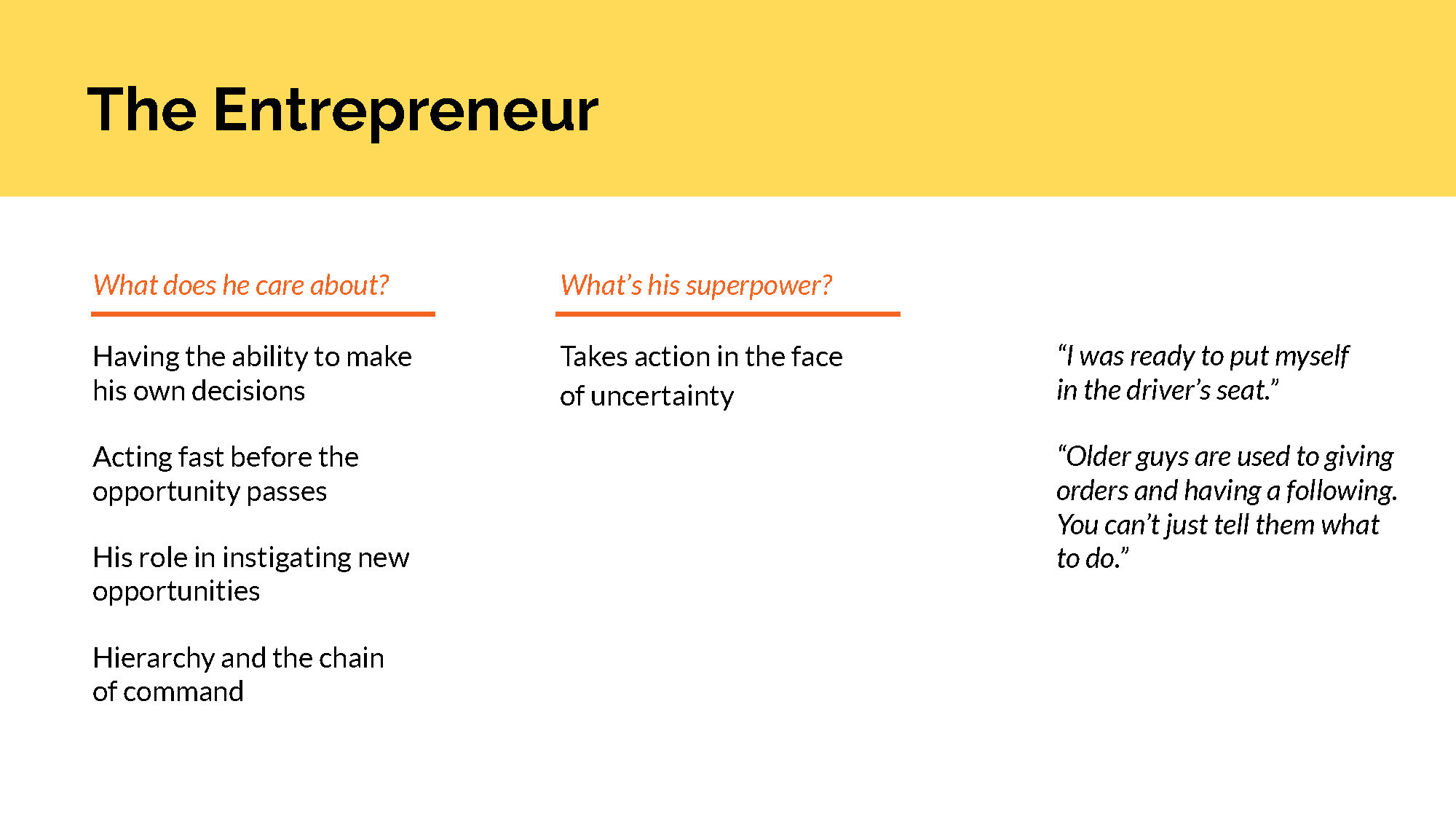
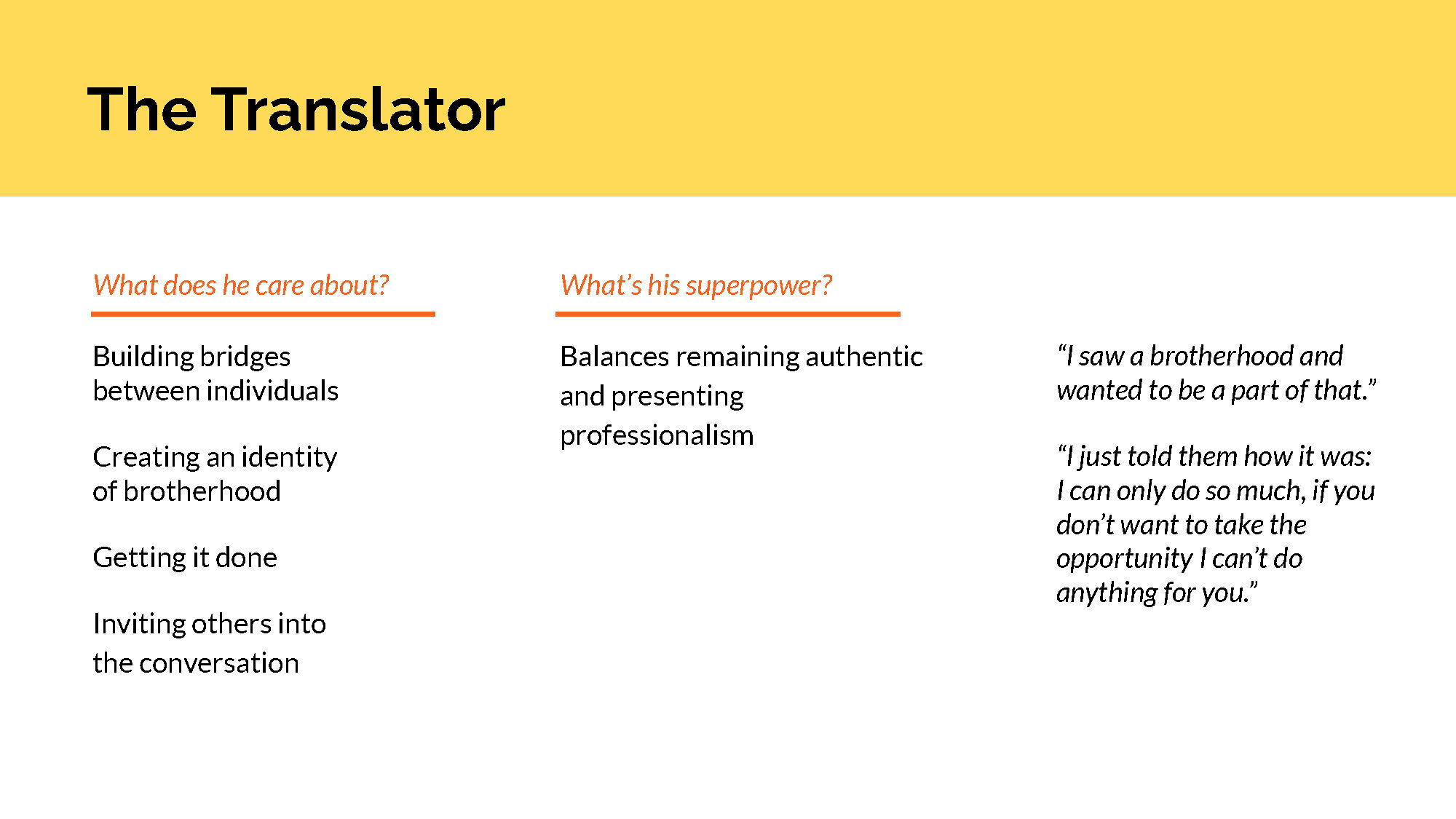
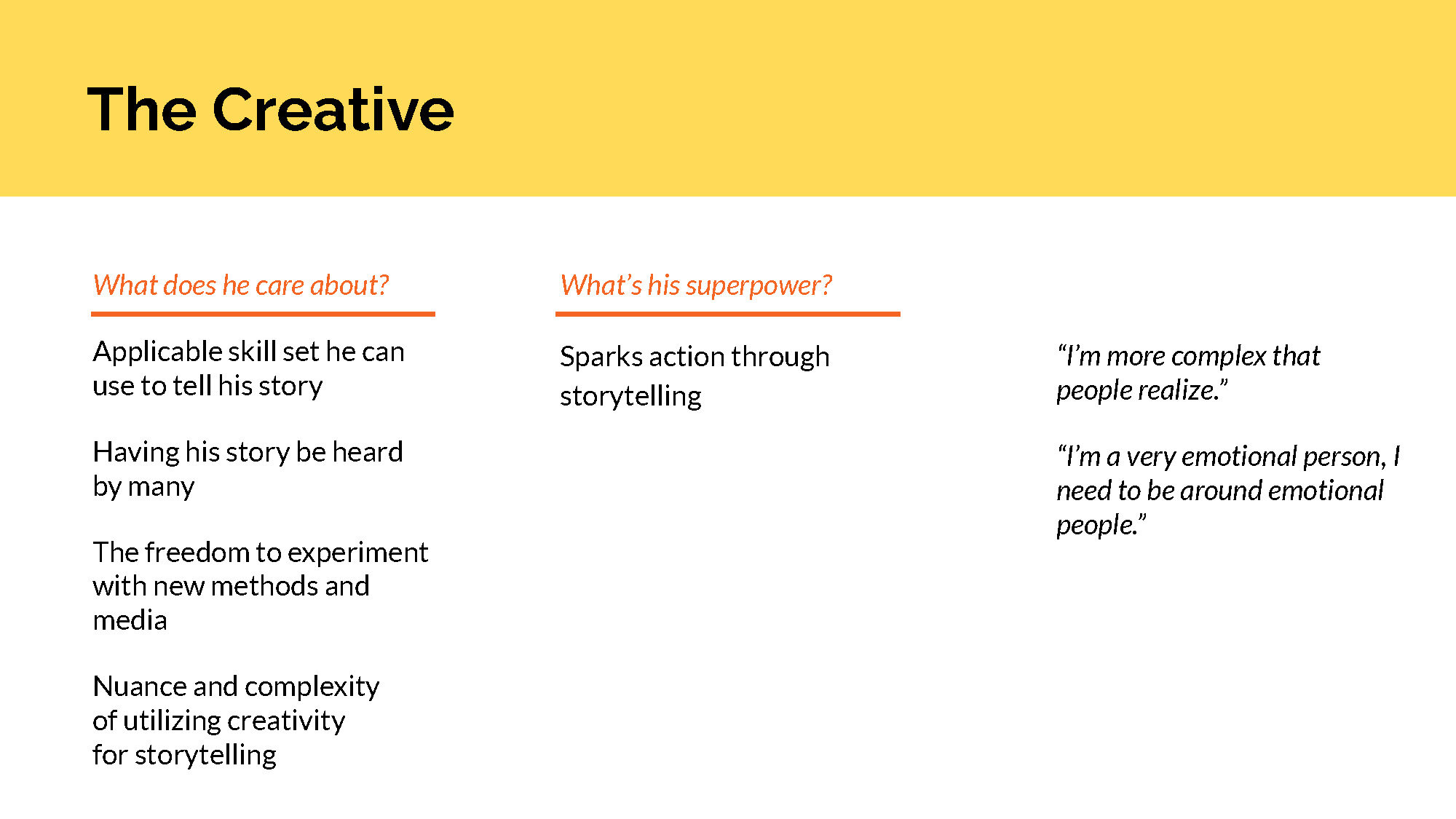
Critical Tensions Across the Personas
Across the five behavioral personas there existed tensions that were embodied in the ways participants moved through and experienced CRED’s programming. Understanding these tensions was essential to designing a workforce development program that embodied these nuances.
Show versus Tell
Often it’s easier to say that you’re willing to make a change and do the work without demonstrating it through action. Some participants talk the talk, without walking the walk. The ones who are doing the work are just walking and not talking.
Structure versus Freedom
The workplace might provide a lot of structure or freedom to do what you think is best. Participants expressed a wanting to have freedom but also demonstrated a real need for structure in their lives.
Exploration versus Mastery
Some participants crave the opportunity to explore as many experiences as they can and jump at the opportunity to try something new. Others just want to be responsible for one task and do that task to the best of their abilities.
Authenticity versus Professionalism
While authenticity is paramount, there’s a need to remain professional in the workplace. Professionalism is dictated by an entirely different culture than the environment that participants are familiar with.
PROPOSED DESIGN
CRED Journey
We outlined the journey of CRED participants through their programming, from workshops leading up to employment to embodying the philosophy of CRED as supervisors and managers in their workplace. This journey was overlaid with an employee’s initial skills assessment and journey to mastery of a skill, with the recognition that some participants will fast track to mastery-based on previous experience.
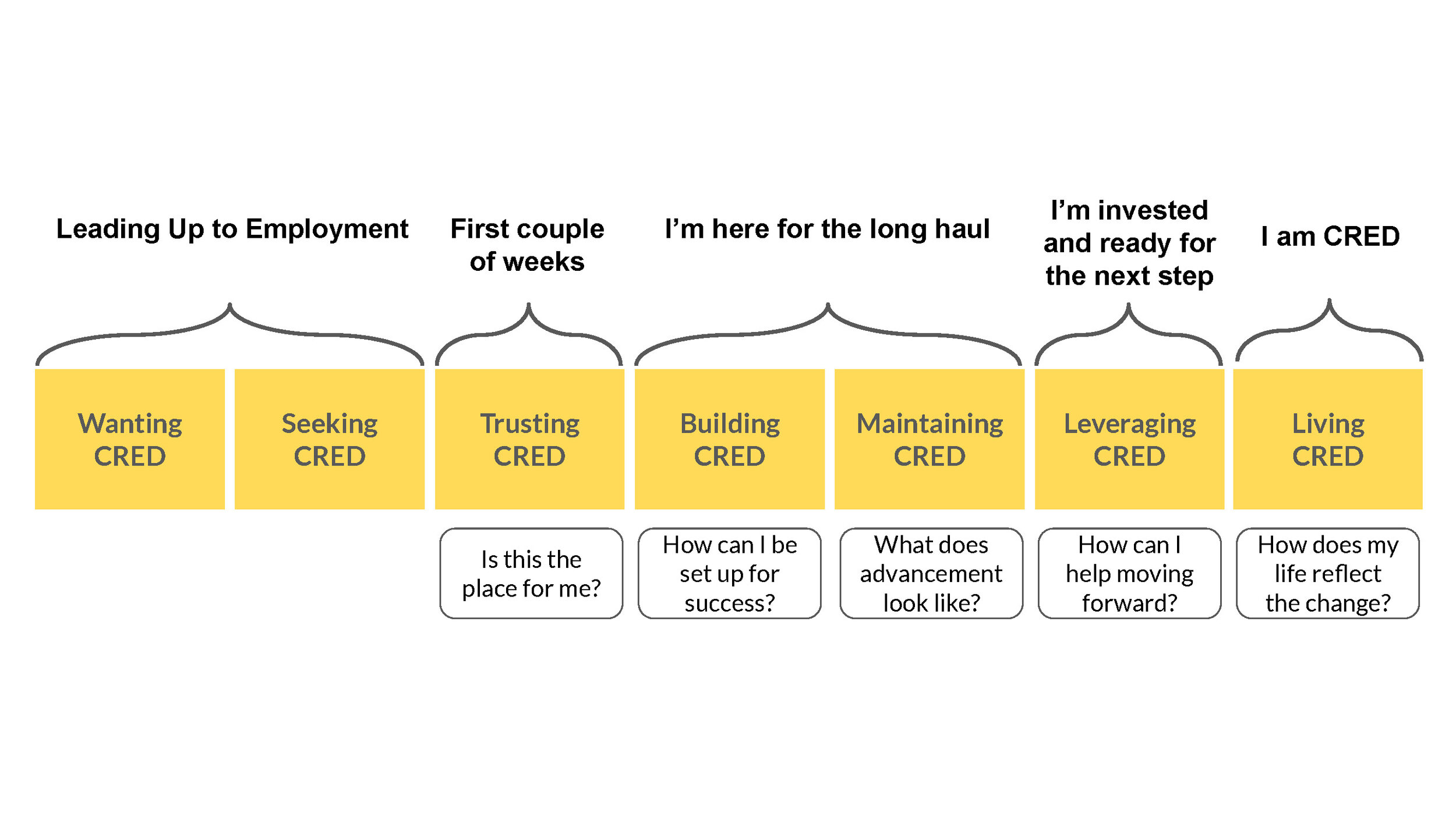
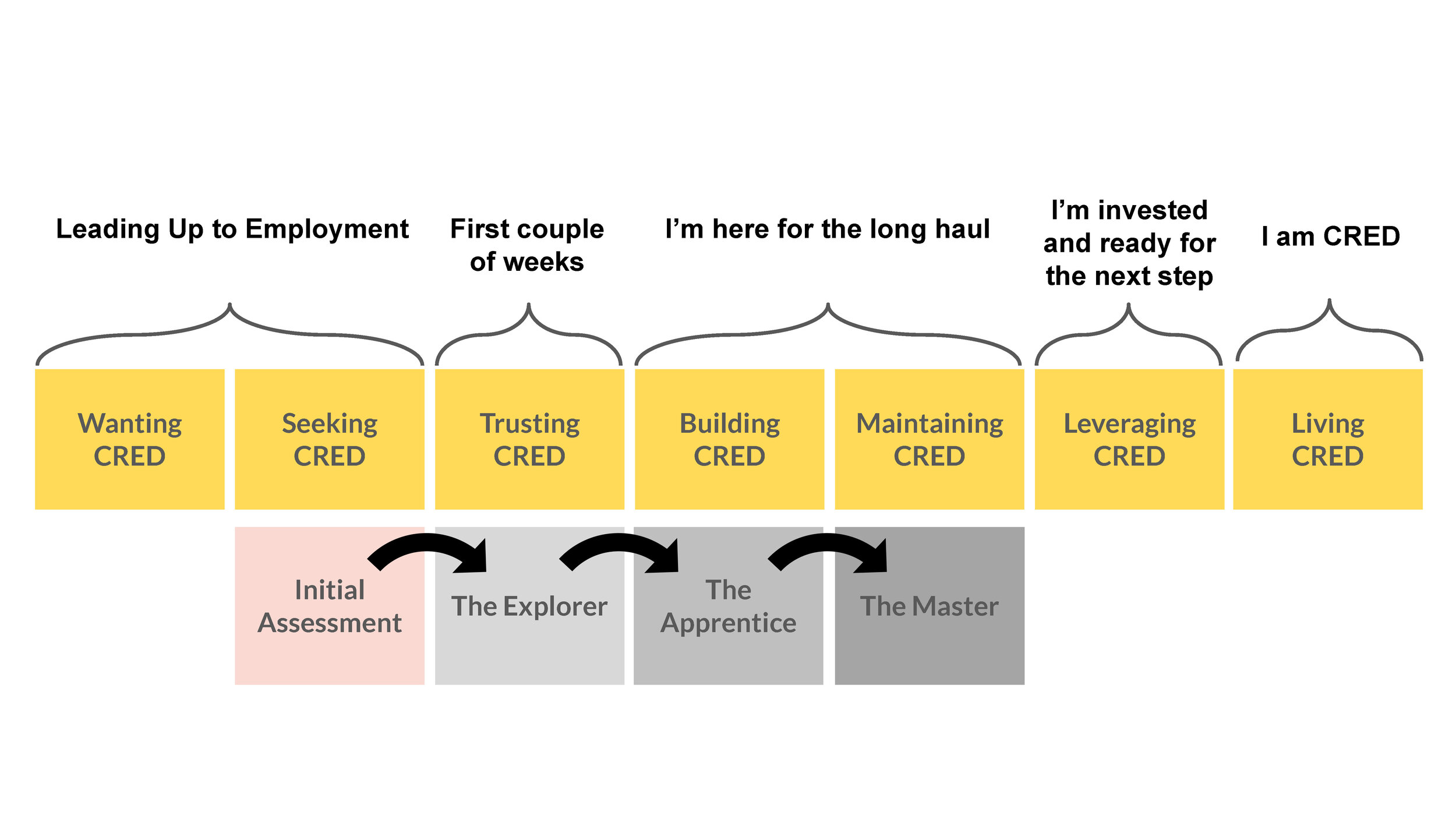
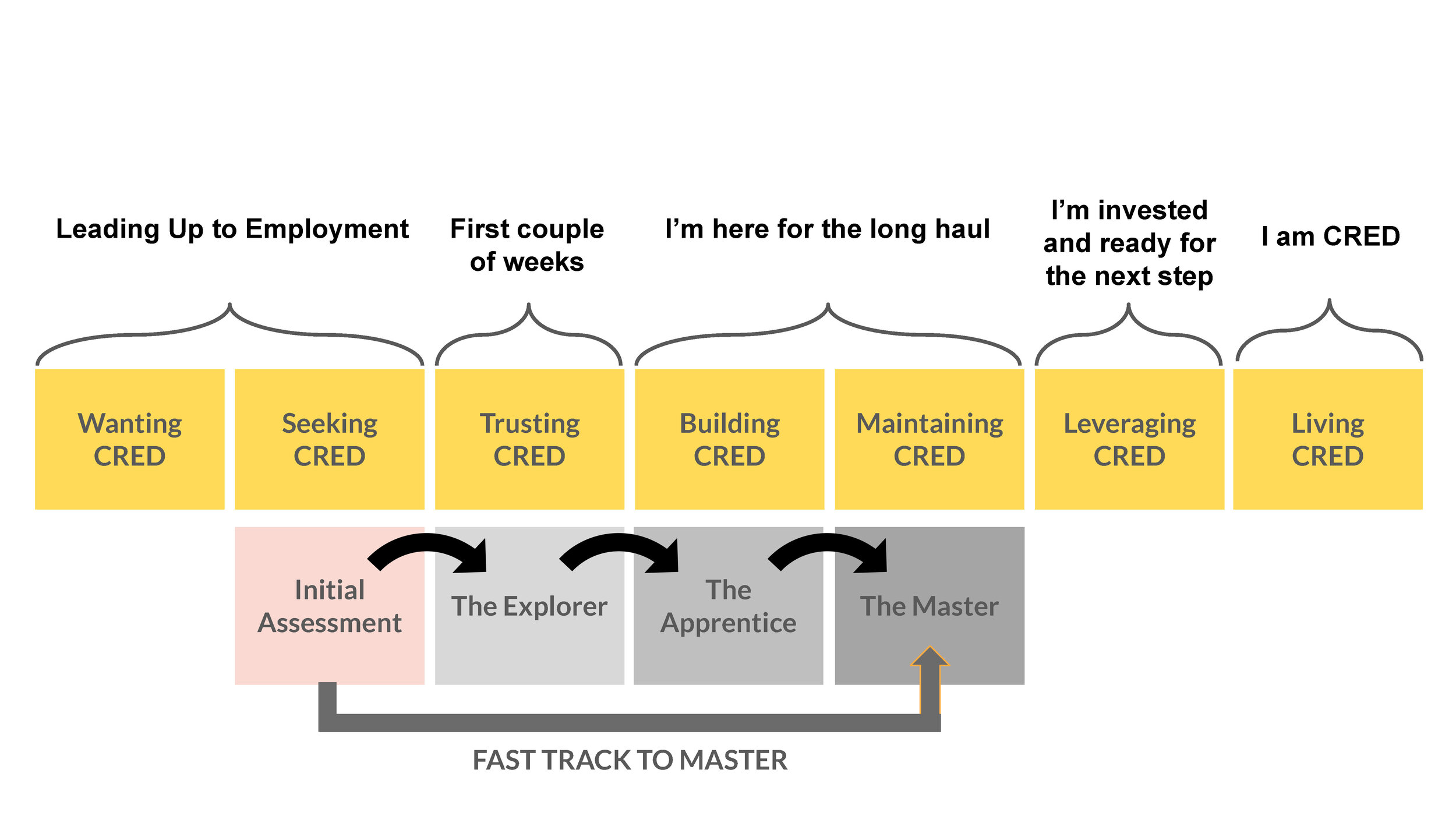
CRED Pyramid of Change
As part of the workplace culture at CREDMADE, we proposed the development of an assessment, “The Looking Glass”, and subsequent profile and plan for career advancement, “the CRED Pyramid of Change”, to help participants identify their unique strengths and leverage them for success. These tools would be a reference for the participant, their life coach, and supervisor over the course of the journey to mastery within the workplace.
Keys to the Kingdom
The Keys to the Kingdom was a proposed component of every participant’s experience, where they go through a rotation as a cohort, thereby preserving the culture of brotherhood and support present in the rest of CRED’s programming. Workplace norms like the 48-hour rule, which empowers employees to settle minor disagreements between peers within two days, and fostering a culture of ear hustling were proposed to institutionalize the self-sufficiency and hustle attitudes of CRED’s participants.

